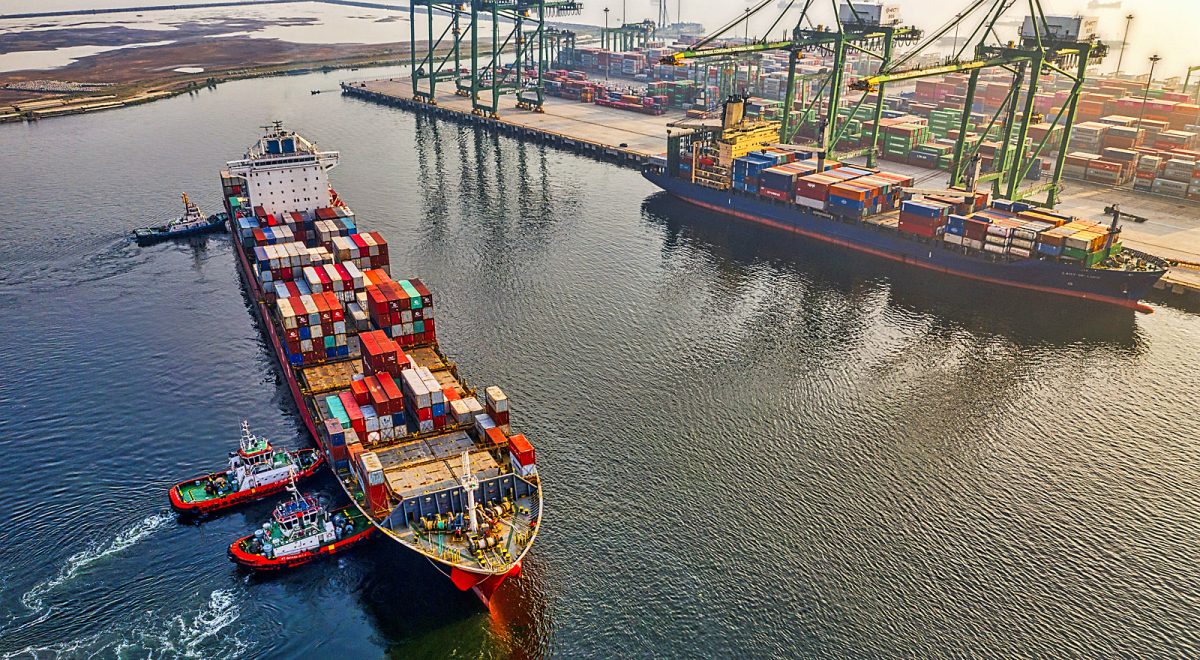The Port Performance Scorecard reveals impacts caused by COVID-19 to port communities

The COVID-19 pandemic has caused diverse impacts and challenges for port communities, both on performance during the pandemic, and on strategic perceptions of the future. The pandemic reduced substantially the volume of trade through ports worldwide. Looking at the median value for the ports reporting to the Port Performance Scorecard, in 2020 the volumes of cargo fell by 4%, revenues fell by 9% and EBITDA – earnings before interest, taxes, depreciation and amortization – fell by 18%. Number of ferry passengers dropped by 75% and cruise passengers by 99%.
Fundamental change in logistics chains has seen a strong focus on regional connectivity. New methods of working and communicating have been implemented. Sustainability in ports is driving decarbonisation efforts and other initiatives to reduce and eliminate threats to the environment.
The information and figures are taken from the Port Performance Scorecard (PPS), a component of UNCTAD’s TrainForTrade Port Management Programme. The PPS reporting platform captures data annually through a series of 82 questions from which the port performance scorecard derives 26 agreed indicators.
The average cargo load per vessel per arrival increased by 3.9% in one year, to 8,162 tonnes. However, there are remarkable differences between regions. There was little change in average vessel size, which was 18,184 Gross Tonnes. Cargo dues are clearly the main source for ports’ revenue globally, but there are quite big differences in income profiles of ports across the regions.
About two thirds of ports in the dataset function as landlord or as a mixed model with significant elements of landlord structures in place. About 80% of ports are framed in legislation as corporate entities.
Female participation in port communities is still low, the global average is at 18%. Nevertheless, the female participation rate for management and administrative roles is more encouraging as it has increased globally to 42%.
The PPS reporting platform draws together data from a network of widely dispersed and historically different ports in Africa, Asia, Europe and Latin America. For this year’s scorecard 51 ports provided 3,301 data points. The results are published in the annual Port Performance Newsletter.
Photo: Tom Fisk / Pexels





